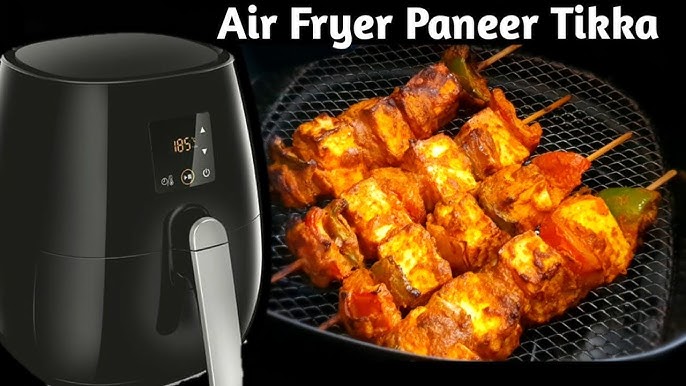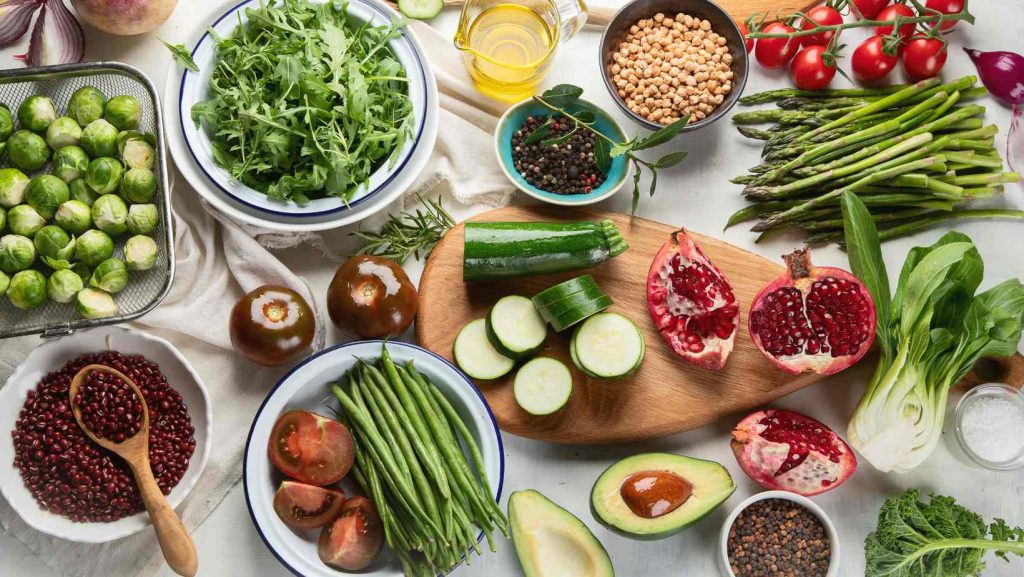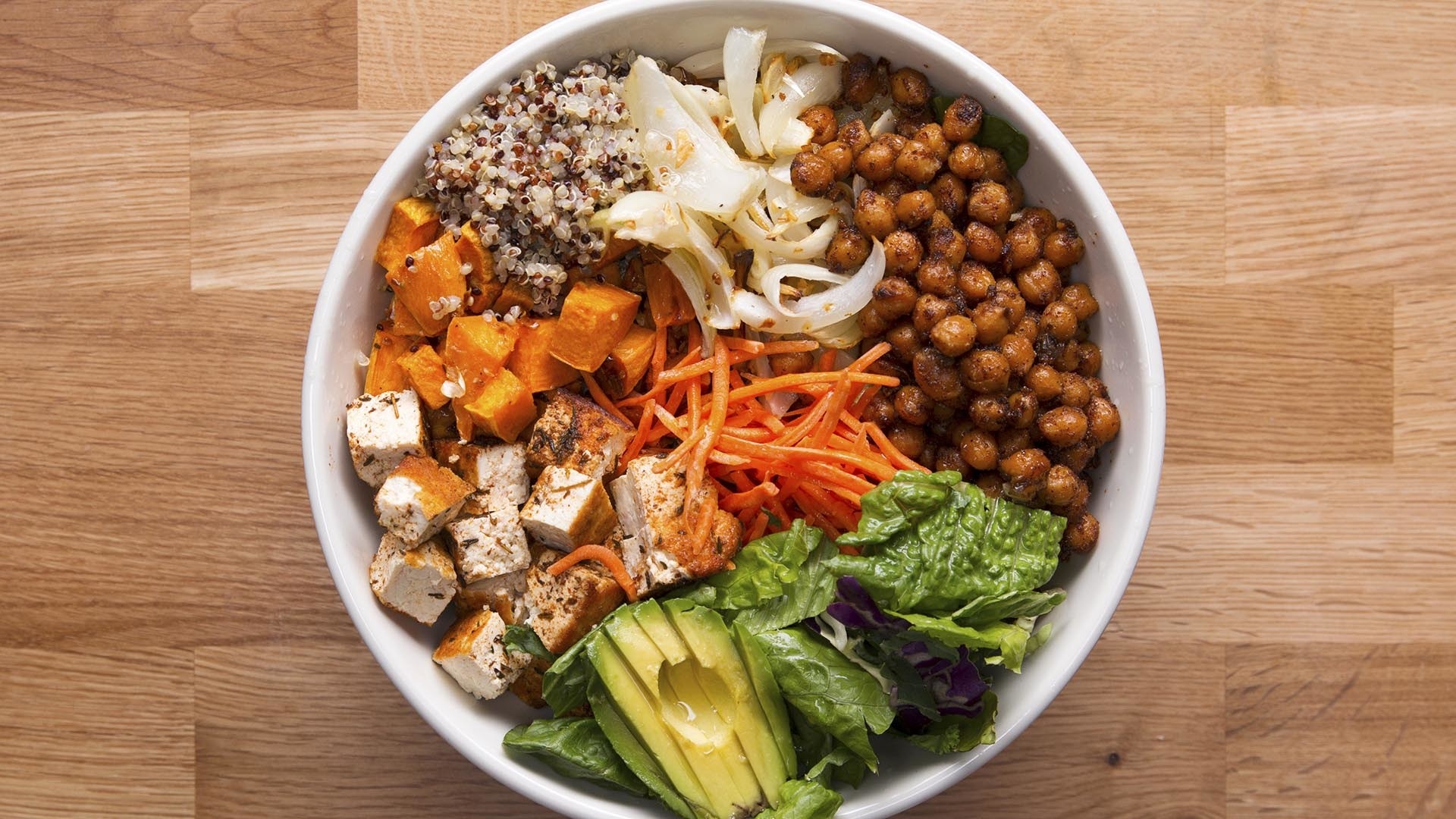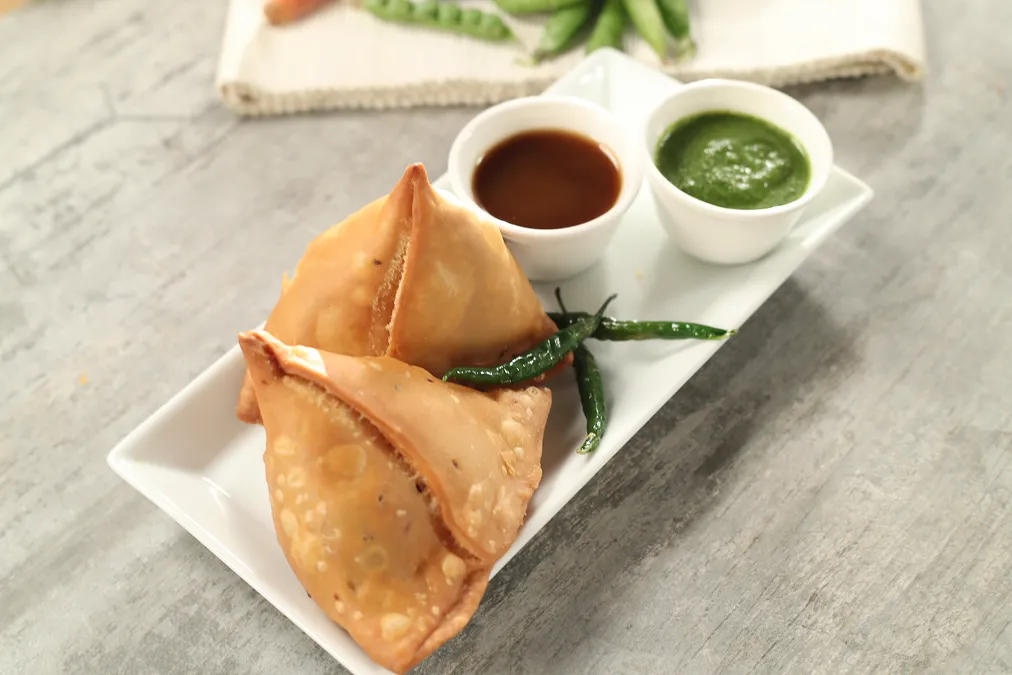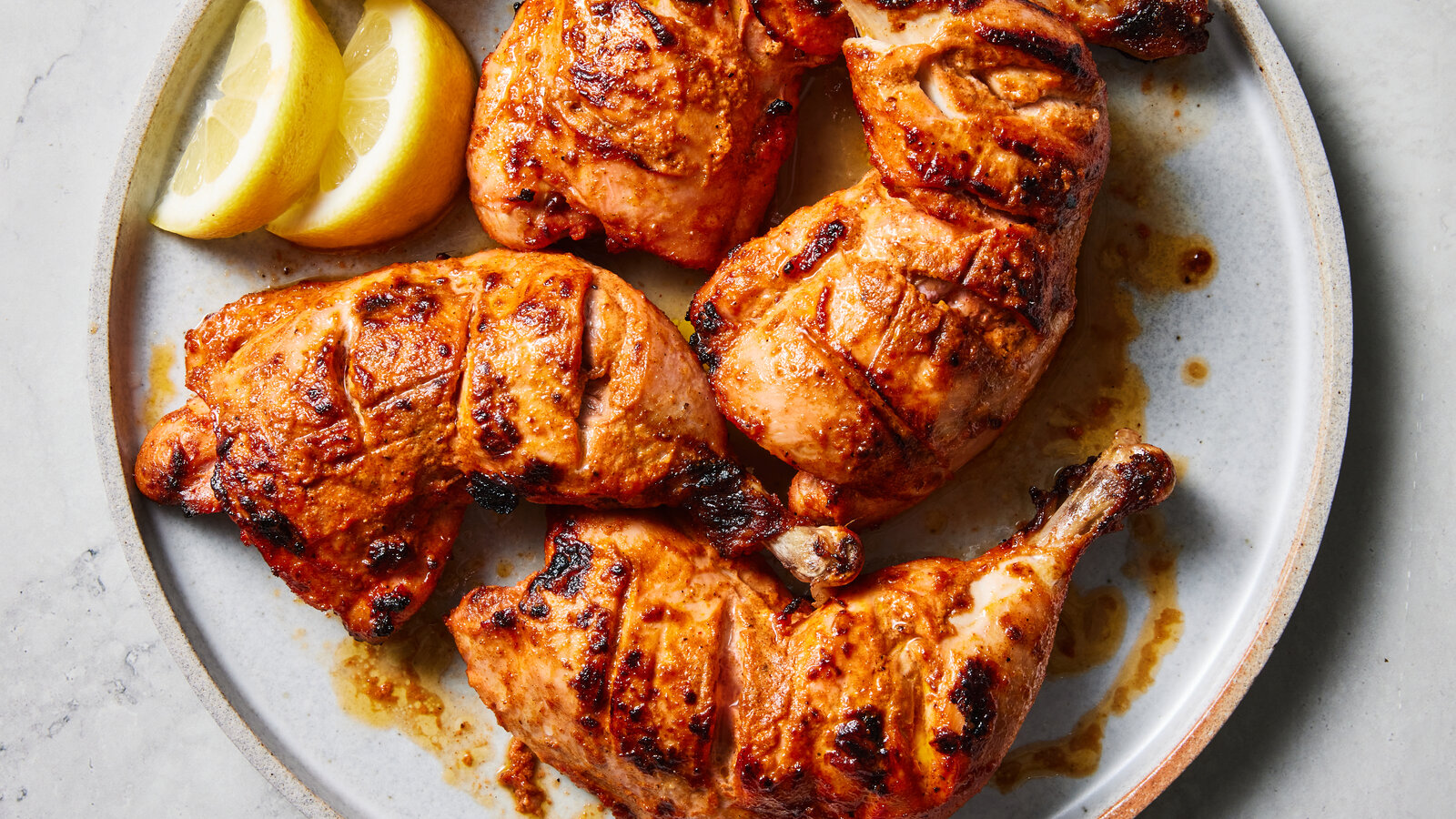Understanding what goes into your food is the first step toward healthy eating. Nutrition labels on packaged foods can help you make smarter choices. But many people either ignore them or find them too confusing. With a little practice, reading nutrition labels becomes easy. This guide will show you how to read them step by step, so you can eat better, save money, and avoid hidden unhealthy ingredients.
Why Nutrition Labels Matter

Nutrition labels are more than just numbers. They tell you about the calories, fats, sugar, protein, vitamins, and minerals in your food. For people in India, where lifestyle diseases like diabetes, high blood pressure, and obesity are growing, knowing how to read food labels is very important.
Labels help you:
- Choose foods with less sugar and salt.
- Compare two similar products and pick the healthier one.
- Avoid harmful ingredients like trans fats.
- Understand portion sizes and control overeating.
Also Read Budget-Friendly Vegan Tips: How to Save Money on a Plant-Based Lifestyle in India
Step-by-Step Guide to Reading Nutrition Labels
1. Look at the Serving Size
Serving size is the first thing to check. It tells you how much of the product the nutrition values are based on. For example, if a packet of chips says “Serving size: 30g” but you eat the whole 90g packet, you are actually eating three times the calories and nutrients listed.
2. Check the Calories
Calories show how much energy the food will give you. For most adults in India, the daily requirement is about 2,000 calories, depending on age, gender, and activity level.
- Choose foods that give energy without adding too much sugar or unhealthy fat.
- Avoid snacks that are high in calories but low in nutrients.
3. Understand Fats
Fats are important, but not all fats are good.
- Good fats: Unsaturated fats found in nuts, seeds, and olive oil.
- Bad fats: Trans fats and saturated fats found in fried foods, biscuits, and packaged snacks.
Check the label for “Trans Fat.” It should be zero. Also, saturated fat should be less than 10% of your total calories.
4. Watch the Sugar
Many packaged foods in India, like juices, biscuits, and breakfast cereals, have a lot of hidden sugar.
- The World Health Organization suggests not more than 25g of added sugar per day.
- Check if the label says “Added Sugars” and try to keep it low.
5. Look at Protein
Protein is needed for growth, repair, and energy. For Indian diets that are mostly plant-based, protein-rich foods like lentils, beans, soy, and nuts are very important.
- Choose foods that have at least 5-10g of protein per serving.
6. Check Fiber
Fiber helps digestion, controls blood sugar, and keeps you full for longer.
- A good food choice should have at least 3g of fiber per serving.
- Whole grains, vegetables, and fruits are great sources.
7. Sodium (Salt) Levels
Salt is a hidden danger in many packaged foods. Too much salt increases blood pressure.
- Adults should not consume more than 2,300mg sodium per day (about one teaspoon of salt).
- Pick foods with lower sodium when possible.
8. Look at Vitamins and Minerals
Some labels also mention Vitamin A, Vitamin C, Calcium, and Iron. These are important for immunity, bone health, and overall well-being. Try to include products that give you more nutrients, not just empty calories.
Common Misleading Tricks on Food Labels
Food companies sometimes use marketing words to confuse people.
- “Low-fat”: It may still have high sugar.
- “Natural”: Not always healthy; still check the label.
- “No added sugar”: Could still have natural sugar like fructose in high amounts.
- “Gluten-free”: Good for people with gluten intolerance, but not always healthier.
Always check the full label instead of trusting just the front packaging.
Tips for Indian Shoppers
- Compare brands. Two biscuits may look the same, but one could have more sugar and less fiber.
- Read labels on snacks, breads, noodles, sauces, and juices carefully.
- When buying oil, choose those with less saturated fat like sunflower, rice bran, or groundnut oil.
- Pick whole-grain atta instead of refined maida-based products.
Frequently Asked Questions (FAQs)
Q1: Why do some Indian food packets not have detailed nutrition labels?
Some small brands and loose items may not show labels. Always buy from reliable brands when you want health information.
Q2: How do I know if a food is really healthy?
Check calories, sugar, fat, and sodium. A healthy food should be rich in nutrients like protein, fiber, vitamins, and minerals, but low in sugar, trans fat, and salt.
Q3: What should I focus on first when reading a label?
Always check serving size, calories, and sugar first. Then look at fat, sodium, and protein.
Q4: Are nutrition labels the same for children?
The labels are the same, but children need fewer calories. Parents should be careful with sugar and processed foods.
Q5: How do I calculate if food fits into my daily diet?
Keep a simple rule: balance calories with activity, eat more fiber and protein, and reduce sugar and salt.
Final Thoughts
Reading nutrition labels is like learning a new language. At first, it feels confusing, but soon you will get used to it. For Indian homes, where packaged food is becoming more common, understanding labels is the key to healthier eating. It helps you protect your family from lifestyle diseases and make better food choices every day.
Healthy eating starts with awareness. The next time you buy something, turn the pack around and read the label. Your body will thank you.
Author- Ayush


